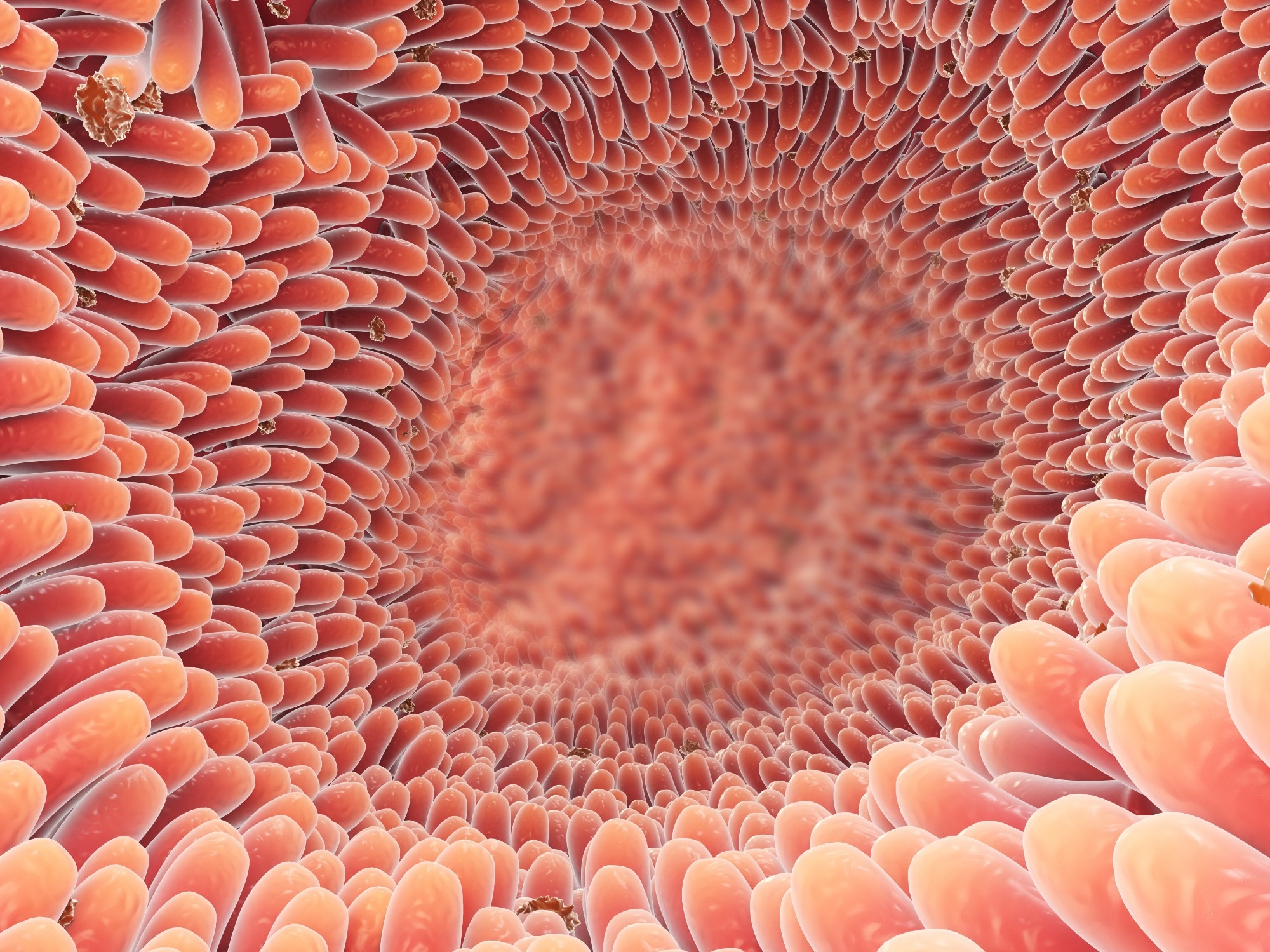A recent Immunity review analyzes the influence of the gut microbiota on neural and immune networks. Understanding the association between these seemingly isolated entities could contribute to the development of novel therapies and interventions.
 Study: Boundaries and integration between microbiota, the nervous system, and immunity. Image Credit: SciePro / Shutterstock.com
Study: Boundaries and integration between microbiota, the nervous system, and immunity. Image Credit: SciePro / Shutterstock.com
How does the gut microbiota impact the nervous and mucosal immune systems?
The enteric nervous system (ENS) consists of two ganglionated neural networks within the gut wall known as the myenteric and submucosal plexuses. The myenteric plexus is present between the longitudinal and circular smooth muscle layers of the muscularis externa, whereas the submucosal plexus is located below the muscularis mucosa.
Excitatory neurons within the ENS produce acetylcholine (Ach) and substance P (SP), both of which react with nitric oxide (NO) and vasoactive intestinal peptide (VIP) produced by inhibitory enteric neurons to control smooth muscle within the gastrointestinal (GI) tract.
The compartmentalization of gut microbiota within the intestine depends on the reliability of the epithelial paracellular permeability barrier and mucosal immune responses.
The gut-vascular barrier (GVB), which is comprised of glial cells within the intestinal mucosa, is crucial for preventing the release of non-pathogenic bacteria in the GI tract from entering the bloodstream. In fact, targeted ablation of these glial cells has been shown to induce fulminant intestinal inflammation, thus demonstrating the important role of GVB in maintaining barrier integrity and intestinal epithelial homeostasis.
ENS neurotransmitters and elevated glucocorticoids during stress can also induce the production of inflammatory enteric glia, thereby impacting intestinal permeability and barrier fitness. This event disrupts intestinal function by monocyte- and tumor necrosis factor (TNF)-mediated inflammation through colony-stimulating factor 1 (CSF-1).
ENS neurons indirectly sense the microbiota, either by microbial molecules or sensing through epithelial cells. Microbial molecules control intestinal motility, which subsequently determines the composition and abundance of microbial diversity.
Based on in vitro and in vivo studies, researchers have demonstrated that despite the autonomous nature of the microbiota, ENS, and mucosal immune system, there is a significant overlap among these systems to promote functional homeostasis and prevent unwanted inflammation and infection. In addition, several mechanisms linked to microbial impact on nociceptor activation and subsequent intestinal response reflect microbe-neural-intestinal communication in regulating signals of infection and inflammation.
The impact of microbial metabolites on the CNS
Gut microbiota influences the central nervous system (CNS) through the microbiota-gut-brain axis. Microbial metabolites affect epithelial, immune, and enteroendocrine cells, which impacts the gut barrier integrity, hormone secretion, and systemic immune responses.
Several neuromodulators synthesized in the gut modulate the activity of vagal afferent fibers, which affect CNS physiology. These chemicals also regulate satiety, appetite, sensations of nausea, behavior, and vomiting.
Certain microbial metabolites present in systemic circulation can directly affect neurons, their associated astrocytes, and oligodendrocytes. This would lead to changes in the function of microglia and CNS-associated macrophages (CAMs), which can impact brain function, particularly in the context of pathogens. Short-chain fatty acids (SCFAs), phenolics and indole derivatives, as well as products of carnitine metabolism, are key metabolic products that reach the CNS.
SCFAs such as acetate, propionate, and butyrate are associated with free blood-brain barrier (BBB) diffusion and are imported by monocarboxylic acid transporters expressed at the BBB. SCFAs have pleiotropic effects on brain physiology, the majority of which are associated with the management of histone acetylation and energy homeostasis. Acetate regulates the maturation and normal function of microglia, as well as appetite, by influencing hypothalamic neurons.
Mouse models of Alzheimer’s disease (AD) and Parkinson’s disease (PD) have elucidated the important role of SCFAs in these diseases. Microbiota depletion significantly affects the correlation between serum acetate and amyloid pathology in patients with AD. Animal models have provided strong evidence that acetate penetrates the CNS and modulates neural metabolism and function.
Phenolic and indole-containing compounds are synthesized by gut bacteria through the fermentation of aromatic amino acids like tyrosine, tryptophan, and phenylalanine. Due to their small size, phenols and indole metabolites are generally BBB permeable.
Microbial tryptophan metabolism is associated with fear removal. Several studies have indicated the importance of microbial tryptophan catabolites in regulating neuroinflammatory conditions such as multiple sclerosis.
Moreover, 4-ethylphenyl sulfate (4-EPS) and p-cresol are phenolic compounds that can cross the BBB and modulate dopamine metabolism. These compounds have been linked to autism-like behaviors in mice.
Journal reference:
- Macpherson, J. A., Pachnis, V., & Prinz, M. (2023) Boundaries and integration between microbiota, the nervous system, and immunity. Immunity 56. doi:10.1016/j.immuni.2023.07.01